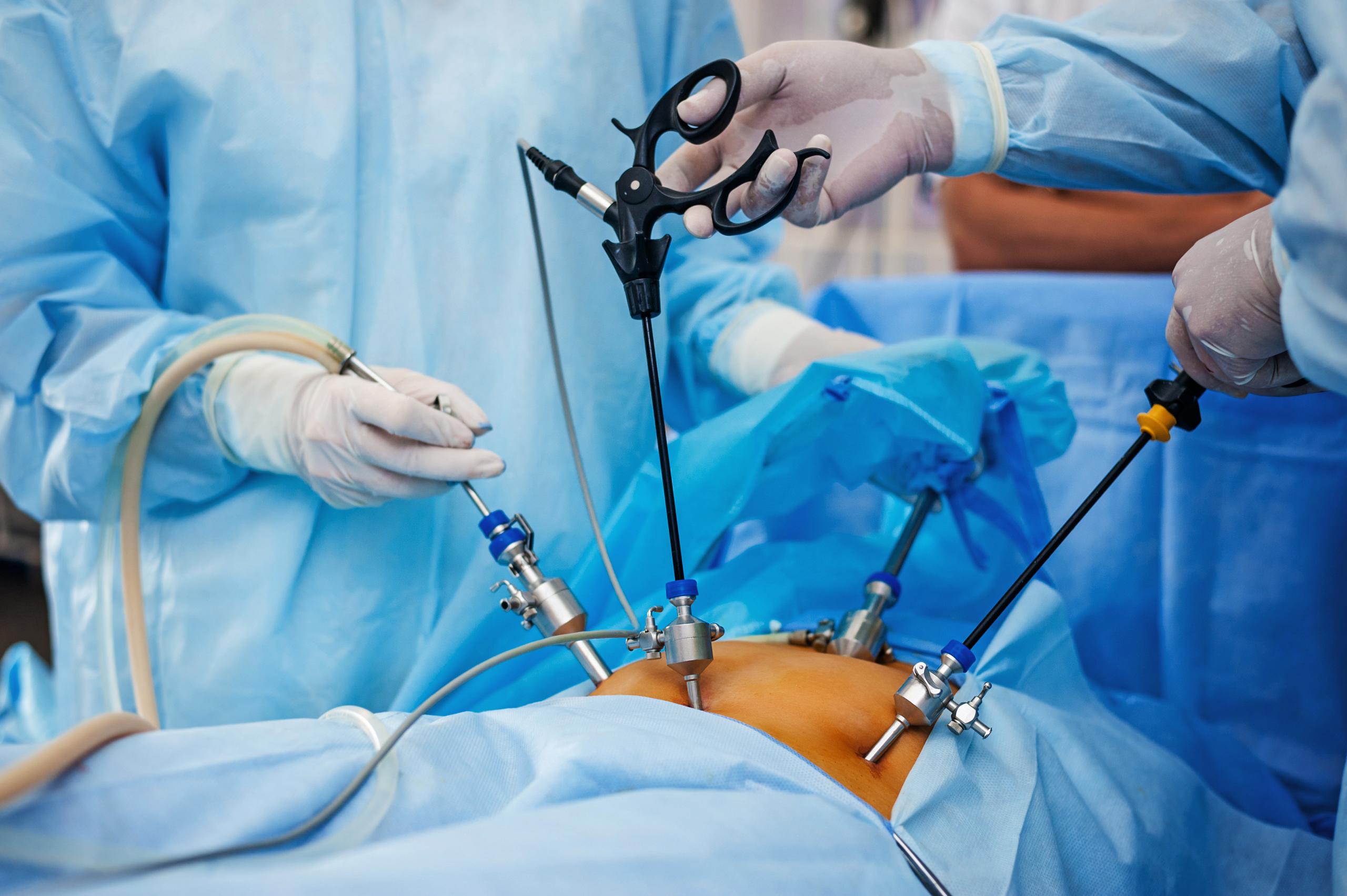
How Long Does it Take to Recover from a Myomectomy?
Are you tired of suffering from painful, uncomfortable, and inconvenient uterine fibroid symptoms? If so, you may be interested in a surgical procedure called a myomectomy procedure. Unlike a hysterectomy, which removes the entire uterus, a myomectomy removes only the fibroids from the uterus.
There are several different types of myomectomy available, and their effectiveness depends on the size, location, and number of fibroids involved. Myomectomy types include:
- Abdominal myomectomy
- Laparoscopic myomectomy
- Hysteroscopic myomectomy
- Robotic myomectomy
We believe that women should understand their full range of available treatment options. To help make an informed decision, we suggest that you consider your future fertility preferences, comfort level with surgical risks, and the length of recovery involved.
Depending on which fibroid treatment you decide on, you may need to arrange for time off work, assistance with child care, and help performing daily tasks at home. The more information that you have up front, the better you can plan for your recovery.
To help guide your treatment decision, here is some basic information about myomectomy recovery. We also discuss recovery from a nonsurgical alternative called Uterine Fibroid Embolization (UFE). To help determine which treatment is right for you, we recommend visiting a fibroid specialist.
Myomectomy Recovery
Myomectomy recovery looks different for everyone. Some women experience little pain and quickly return to their daily activities. Others need to get plenty of rest, take prescription pain relievers, and limit their activities for several weeks afterward.
During your recovery, you may be told not to lift heavy objects or engage in strenuous activities for a few days to several weeks. When taking prescription pain medications, you will not be able to drive safely.
Additionally, you should be on the lookout for post-surgical complications, such as:
- An adverse reaction to general anesthesia
- Excessive blood loss
- Infection
- Blood clots
If you have any concerns during your myomectomy recovery, please contact your doctor immediately.
Myomectomy Recovery Time
As mentioned above, there are several types of myomectomy. The full length of your recovery depends, in part, on which type of myomectomy is performed. Most women can expect to recover within the following time ranges:
- Abdominal myomectomy: Four to six weeks
- Laparoscopic myomectomy: Two to four weeks
- Hysteroscopic myomectomy: Three to five days
If you are considering a myomectomy, be sure to ask your doctor which type is advised for your situation. This can help you make a more informed treatment decision.
Types of Myomectomy
-
Abdominal Myomectomy
An abdominal myomectomy is most often used for fibroids located within the uterine wall or on the outside of the uterus. It can also be performed on very large fibroids. This method requires general anesthesia and a three- to four-inch incision into the lower abdomen and uterus. The incision is usually horizontal and just above the pubic bone. Rarely, a vertical incision is made. Most women remain in the hospital for up to three days afterward.
-
Laparoscopic Myomectomy
A laparoscopic myomectomy is most appropriate for fibroids on the outside of your uterus. Like abdominal myomectomy, this method requires general anesthesia. During the procedure, your surgeon makes four incisions of about a half-inch each into the lower abdomen. Through these, a laparoscope and other small instruments are inserted into the uterus to remove your fibroids. Most women remain in the hospital for one night.
-
Hysteroscopic Myomectomy
A hysteroscopic myomectomy is most appropriate for fibroids that bulge into your uterus, or submucosal fibroids. It involves general or local anesthesia. The surgeon inserts a thin scope through your vagina and cervix into your uterus. Then, a wire loop is used to shave off and remove your fibroid(s). Most women go home on the same day.
-
Robotic Myomectomy
A robotic myomectomy is a type of laparoscopic myomectomy. It can be used to treat intramural and subserosal fibroids, as well as small fibroids of a limited number. This approach requires general anesthesia. During the procedure, a surgeon works remotely with the assistance of a camera and surgical instruments attached to robotic arms. Typically, fibroids are accessed and removed through several small abdominal incisions. In some cases, single-incision surgeries are possible.
Abdominal Myomectomy Recovery
Abdominal myomectomy is considered the most invasive type of myomectomy and involves the longest recovery. Most women are back to their usual activities in four to six weeks.
Laparoscopic Myomectomy Recovery
Laparoscopic myomectomy involves a shorter recovery than an abdominal myomectomy, but the recovery time is still significant. Most women return to normal activities within two to four weeks.
Hysteroscopic Myomectomy Recovery
A hysteroscopic myomectomy offers the shortest recovery of all myomectomy types. Most women are back to their typical daily lives in about three to five days.
Myomectomy vs. Fibroid Embolization
While you are considering your treatment options, we also want you to be aware of a minimally-invasive, outpatient procedure called Uterine Fibroid Embolization (UFE). UFE can shrink your fibroids, eliminate painful and uncomfortable symptoms, and quickly get you back to living life at its fullest.
During UFE, a specialized interventional radiologist uses ultrasound guidance to insert a tiny catheter through your upper thigh and into your uterine artery. Through this, they inject embolic materials that cut off your fibroid from blood flow and nutrients. Over time, your fibroid (or fibroids) begins to shrink and eventually wither away.
Following are some key things to keep in mind:
- Recovery: While a myomectomy is performed at a hospital and involves a one- to two-day stay, UFE is performed at dozens of USA Fibroid Centers locations nationwide and allows you to go home the same day to begin your recovery. Treatment takes only 30 to 45 minutes. Most women are back to their normal daily activities within one to two weeks.
- Risk: Although most types of myomectomy require general anesthesia, Uterine Fibroid Embolization uses only light sedation and local anesthesia. Therefore, you don’t need to risk an adverse reaction to general anesthesia. Beyond that, you’ll also have less risk of excessive blood loss, blood clots, and infection.
- Pain: Because there is no incision during UFE other than a tiny nick in your upper thigh, you should experience significantly less pain than with a myomectomy or hysterectomy. Plus, you won’t need stitches or have any scarring.
- Fertility: Your uterus is left fully intact after UFE. Most women are able to experience healthy pregnancies afterward.
If you are interested in learning more about UFE or myomectomy recovery time, we recommend visiting a fibroid specialist. During your consultation, we will be happy to discuss myomectomy vs. fibroid embolization with you.
Contact USA Fibroid Centers Today!
To further explore the ins and outs of available fibroid treatments, schedule an appointment online with our experts at USA Fibroid Centers. We now offer telemedicine options and most major forms of health insurance.
We look forward to meeting you!



